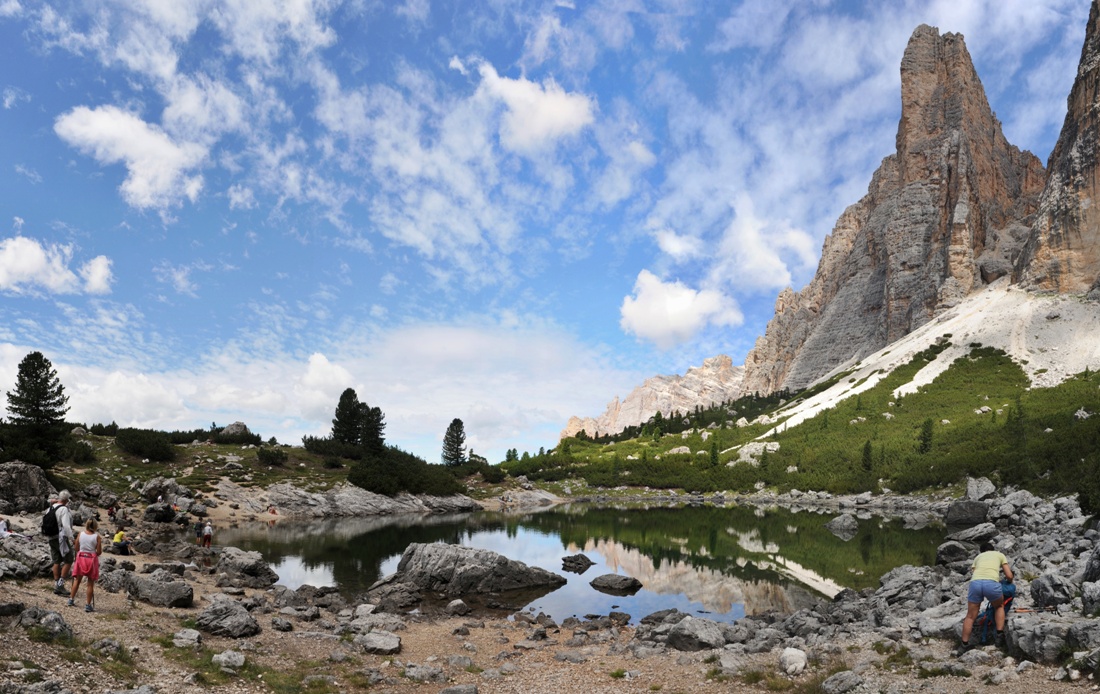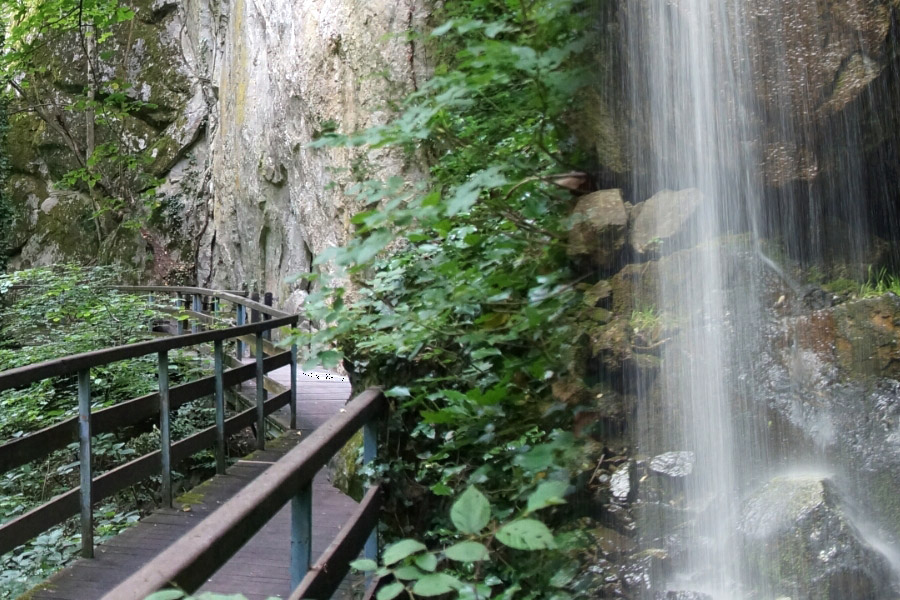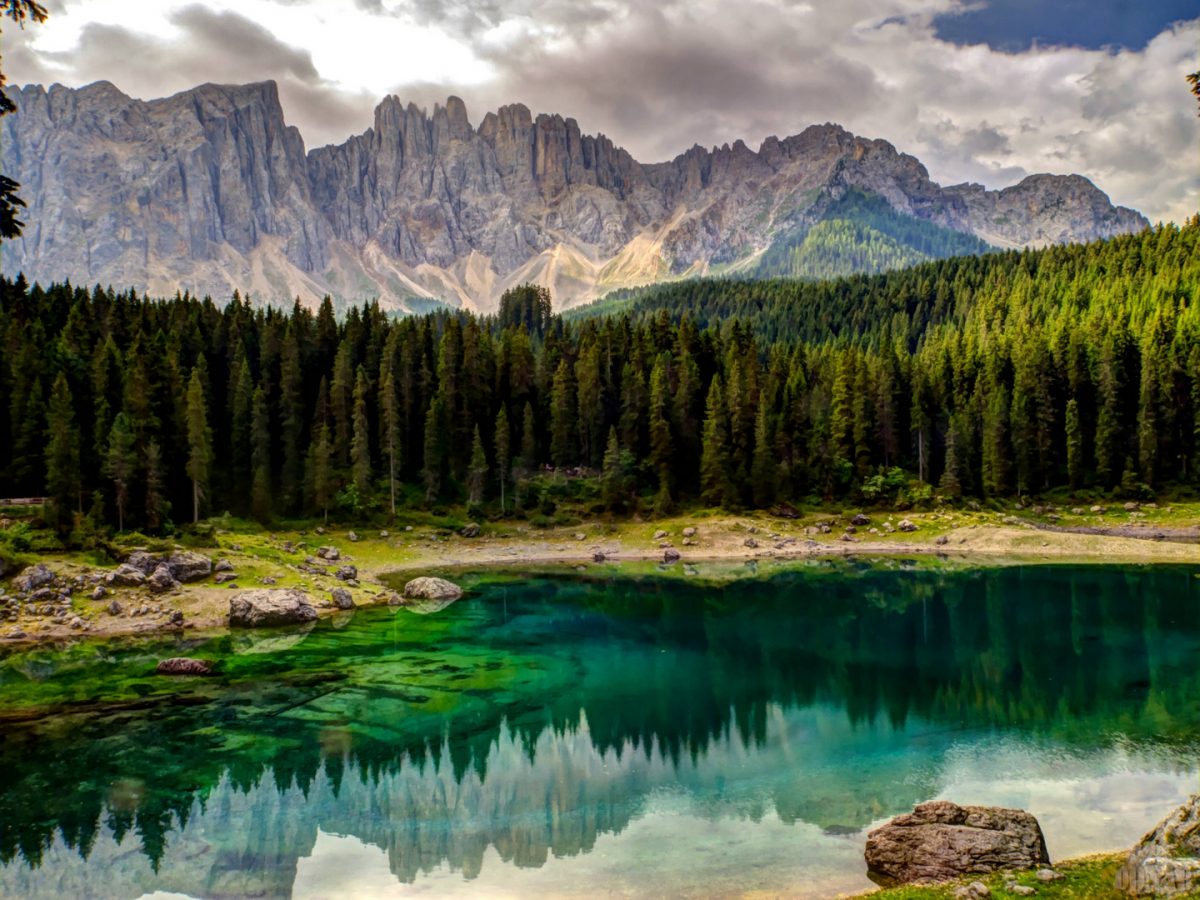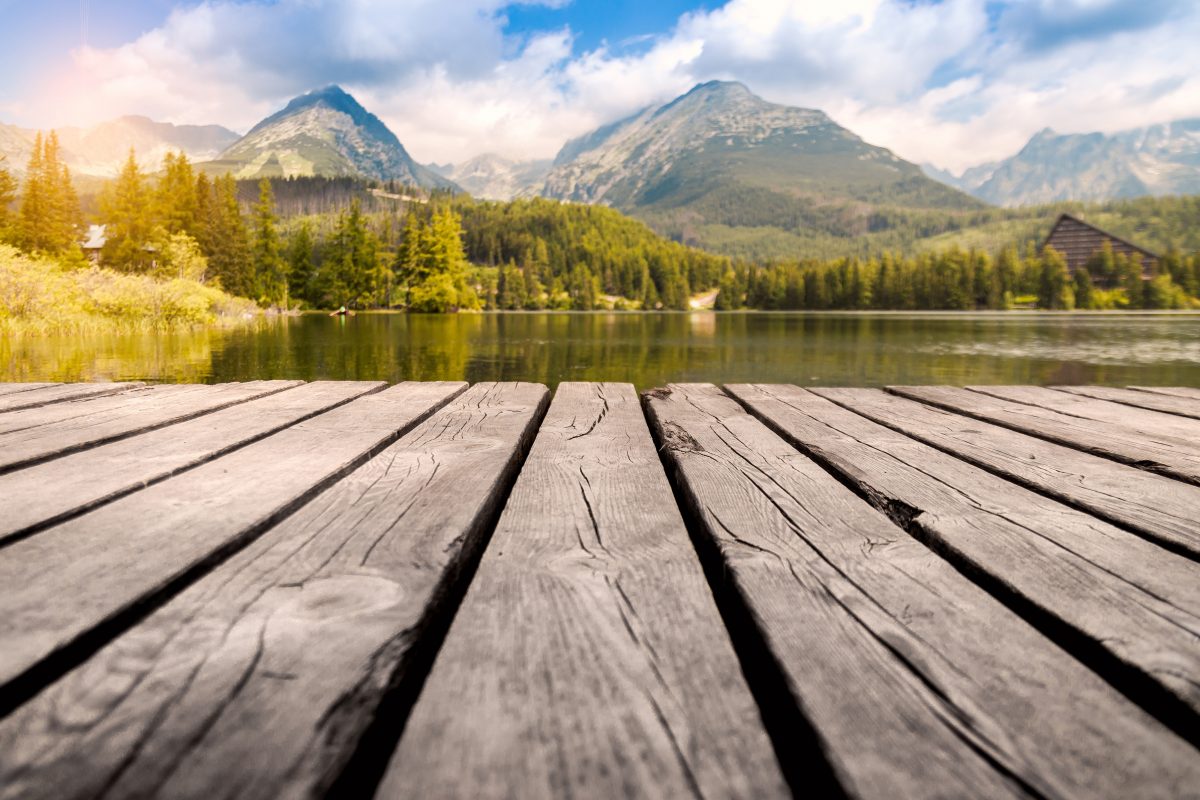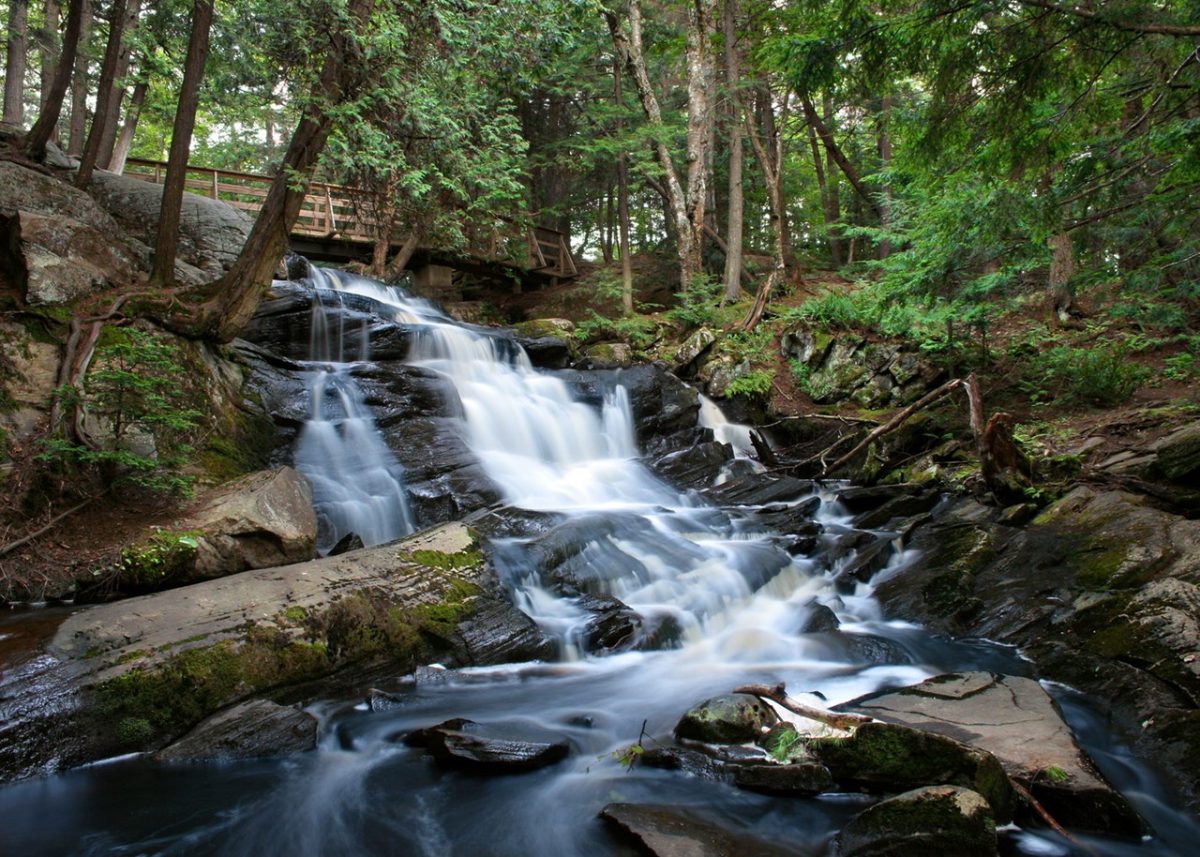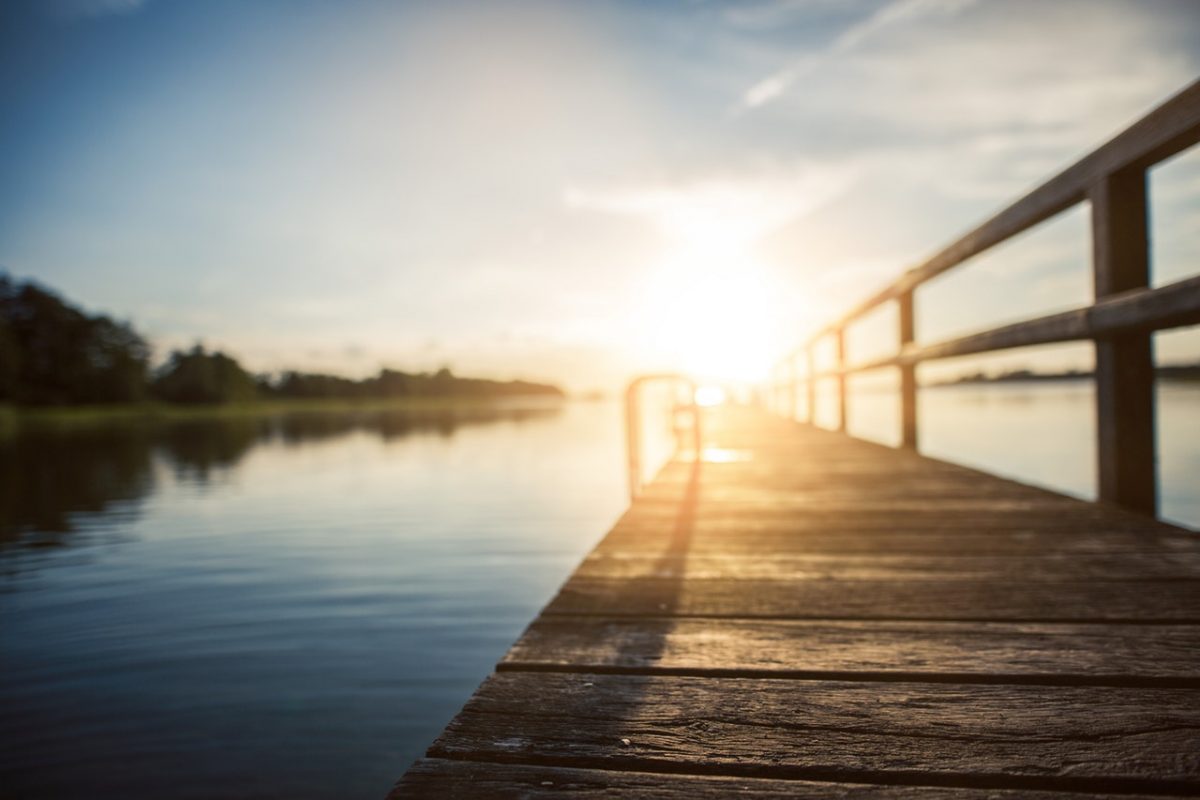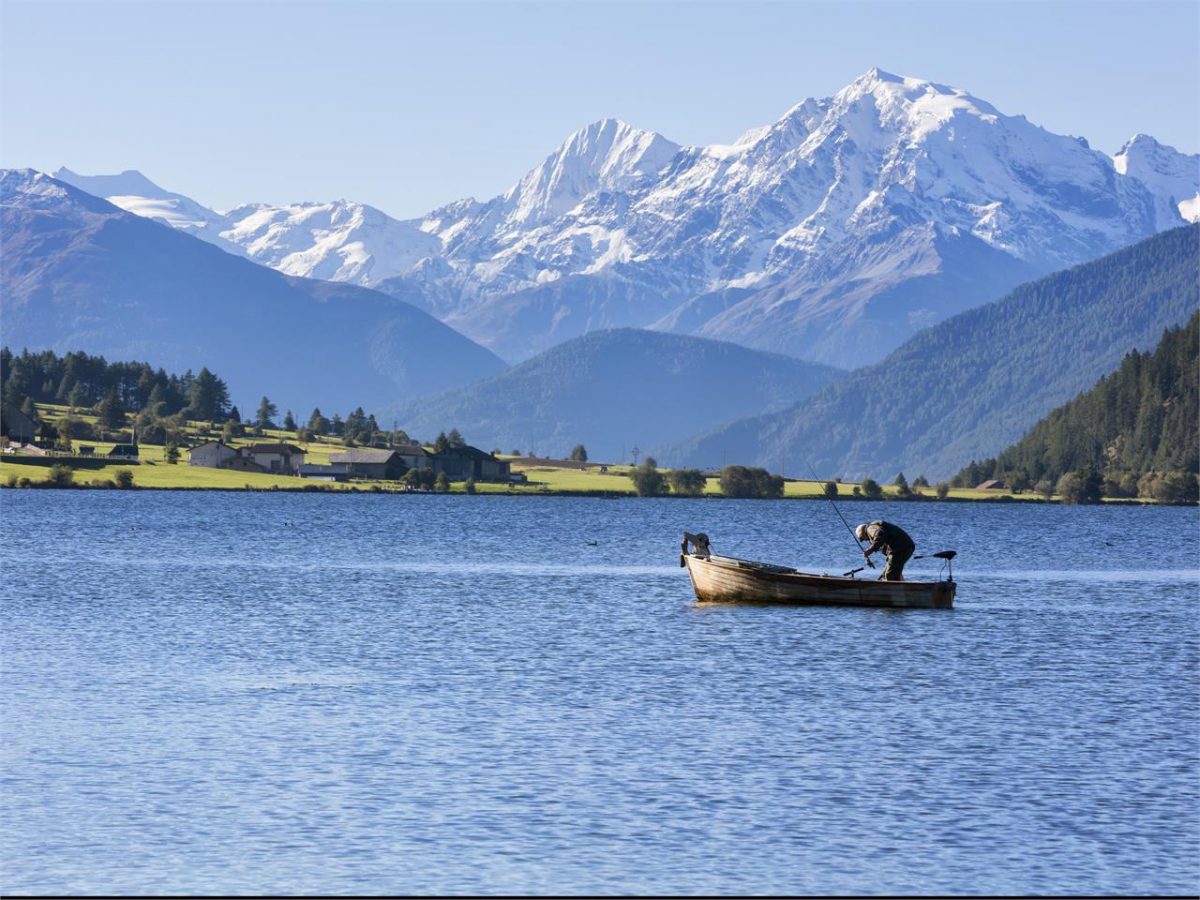How to reach the Passer river
Find adventure and relaxation in the scenic gorges and along the green banks of the Passer river.
Some sections of the river are crystal clear and gentle. Others feature wildly thundering rapids pouring out of the valley. With a total length of 46.2 km, the river flows from the Timmelsjoch pass in the Passeiertal valley to Meran. Initially, the river starts out as a small mountain stream. But thanks to the countless tributaries that feed into the river along the way, it continues to grow, meandering through the spa town of Meran like a lifeline.
The Passer river divides Meran into two halves: the old town is situated on the right bank, while the residential quarter of Obermais/Maia Alta, boasting stately residences and noble houses, is located on the left-hand side.
The green Passerterrassen parks, popular local recreation areas, are easily accessible from the city center. Those on holiday in Meran in summer shouldn’t pass up the opportunity to relax by the river and cool their feet in the rushing waters. Visit in the early morning (when it is quiet and not yet too hot) and discover for yourself why the Passer is dubbed the “green lung” of Meran. Did you know that the Passer river is actually top-quality drinking water? According to biological indicators, the river’s water quality is class 1!
Back in the Passeiertal valley, the Passer river is young and wild. The Passer river’s fascinating gorges are the ideal places for Tarzaning and Canyoning. These fun sports transform rock faces into slides and waterfalls into whirlpools. With an experienced pro as your guide, experience the majesty of the Passer river up close and personal. Abseil, slide, swim, and dive as you test your limits and prove your courage.
Interesting side note: The Passeiertal valley hosts every year in June the so-called ‘King of the Alps’ – the European Championship in extreme kayaking.
